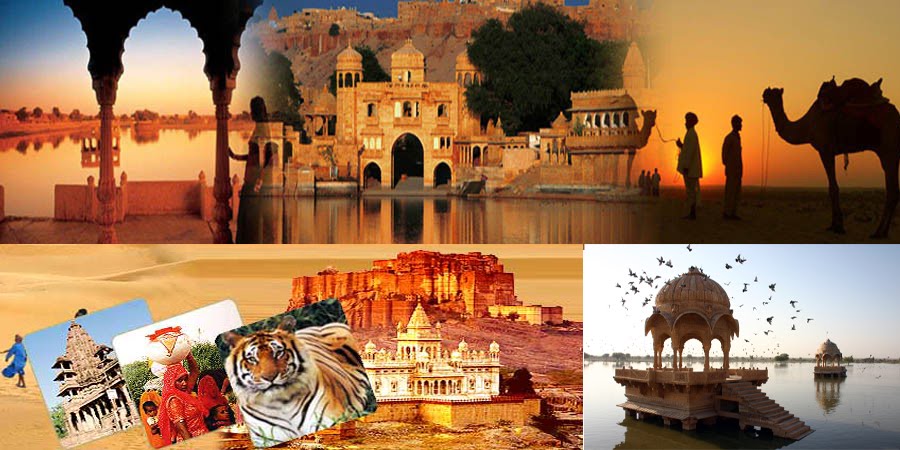
Nestled within the historic city of Bharatpur, Rajasthan, the Banke Bihari Temple stands as a timeless testament to devotion, artistry, and spiritual tradition. This sacred site dedicated to Lord Krishna in his "Banke Bihari" form attracts pilgrims and tourists alike for its unique blend of architecture, religious rituals, and mythological significance.
Whether you're a devout follower of Lord Krishna, a seeker of cultural experiences, or a traveler exploring Rajasthan’s spiritual gems, this comprehensive guide will walk you through everything you need to know before visiting the Banke Bihari Temple in Bharatpur.
Who is Banke Bihari?
“Banke Bihari” is one of the most endearing forms of Lord Krishna, especially worshipped in the Braj region (which includes Mathura, Vrindavan, and Bharatpur). The name "Banke" means “bent in three places” and "Bihari" means “the enjoyer” — a playful depiction of Krishna holding his flute, his body curved in a graceful tri-bend posture.
While the most famous Banke Bihari temple is in Vrindavan, the Bharatpur shrine holds equal devotional significance for locals and travelers who cannot make the trip to Vrindavan.
History and Origins of the Temple
The Banke Bihari Temple in Bharatpur is believed to have been built several hundred years ago, making it one of the oldest Krishna temples in the region. According to local lore, the deity was brought here by devotees inspired by the spiritual traditions of Vrindavan.
Some accounts suggest that the temple was constructed under royal patronage by the rulers of Bharatpur, who were devout Krishna bhakts (devotees). The temple’s location inside Lohagarh Fort adds to its historical importance, as this fort was the residence of the Jat rulers and a center of power in Rajasthan during the 18th and 19th centuries.
Architectural Features
The Banke Bihari Temple is a perfect example of Rajasthani temple architecture infused with Braj-style religious elements. The temple is not enormous, but it is rich in detail:
-
Carved Marble Pillars
-
Colorful Murals of Krishna Leelas (pastimes)
-
Intricately designed domes and arches
-
Sculptures of peacocks, cows, and lotus motifs — all symbolic in Krishna worship
The sanctum houses the idol of Banke Bihari Ji, beautifully adorned with silk garments and jewelry that change with each season and festival. The serene expression of the deity is believed to radiate divine energy, and many devotees claim a deep sense of spiritual connection during darshan (holy viewing).
Location & How to Reach
The temple is located in the heart of Bharatpur, within the Lohagarh Fort complex.
By Air:
-
The nearest airport is Agra Airport (approx. 60 km)
-
Jaipur International Airport is about 180 km away
By Train:
-
Bharatpur Junction (BTE) is well-connected to Delhi, Agra, Jaipur, and Mumbai.
By Road:
-
Located on National Highway 21, Bharatpur is accessible by buses and private cars from nearby cities.
Once in Bharatpur, the temple is easily reachable by rickshaw, auto-rickshaw, or cab.
Temple Timings and Ritual ScheduleThe temple operates in two shifts — morning and evening — with a break in the afternoon.
| Season | Morning Darshan | Evening Darshan | |||
|---|---|---|---|---|---|
| Summer | 7:45 AM – 12:00 PM | 5:30 PM – 9:30 PM | |||
| Winter | 8:45 AM – 1:00 PM | 4:30 PM – 8:30 PM |
Nearby Attractions
If you’re visiting the temple, you can also explore several nearby sites:
1. Lohagarh Fort
The Banke Bihari Temple is situated inside this historic fort. Unlike other forts built for opulence, Lohagarh was built for defense and has withstood numerous attacks.
2. Keoladeo Ghana National Park
A UNESCO World Heritage Site, this bird sanctuary is only a few kilometers away. It’s perfect for nature lovers, especially during the migratory season (Nov–Feb).
3. Ganga Mandir and Laxman Mandir
Other beautiful temples in Bharatpur worth visiting for their artistic and religious significance.
Tips for Visitors
-
Dress modestly — wear traditional or comfortable clothes that cover shoulders and knees.
-
Leave footwear outside — shoe stands are available near the entrance.
-
Keep personal belongings secure — the temple can get crowded.
-
Carry cash — some donation counters and prasad stalls may not accept digital payments.
-
Respect the queue system — especially during peak hours.
-
Avoid taking photos inside unless clearly permitted.




0 comments:
Post a Comment